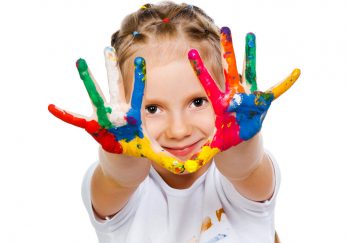As the weather becomes increasingly warmer and sunnier, your children are probably more than ready to shed their jackets along with their homework and head outside to play. Outdoor play is actually a vital part of childhood, not only for the imaginative fun and socialization it provides but also for the physical and mental benefits that come hand-in-hand with this type of natural exercise.
- First, children who play outdoors are able to get the vitamin D that their bodies desperately need. Vitamin D is not found naturally in many foods, although it can be gained from supplements or from certain fortified cereals and juices. However, as always, the best way to gain any type of nutrition is from natural sources, and sunshine is a great option for vitamin D, which is needed for strong bones. Not only can getting regular sunshine exposure provide necessary vitamin D, but also it can improve sleep and boost the immune system.
- Second, children can benefit from activity in the fresh air. Children can build muscular strength and improve cardiovascular performance with simple activities, such as jumping rope, playing games of tag, and biking. Ideally, your children should be active for at least 60 minutes every day, and the outdoors provides a big enough space for this to happen easily. Plus, fresh air can help clear your child’s lungs, improve mental clarity and even improve digestion.
- Third, outdoor play actually impacts mental health, improving executive functioning and even boosting your child’s mood. Outdoor environments are inherently calming, with plenty of green grass, blue sky, and sunshine to spark the imagination. By using the imagination to play in nature, children can avoid spending so much time in front of computer screens, smartphones and televisions and can instead explore for themselves and interact with their friends or siblings. This is critical for social development, especially in the early childhood years. In addition, the outdoors is a great place for children to explore taking risks and to develop numerous gross and fine motor skills.
Spending plenty of time outdoors during the growing years is vital for good physical health and mental wellbeing. If you are concerned that your child is not spending enough time outside or if springtime allergies or illnesses are keeping your child indoors more than you would like, schedule a visit with your trusted physician at Kids 1st Pediatrics.




